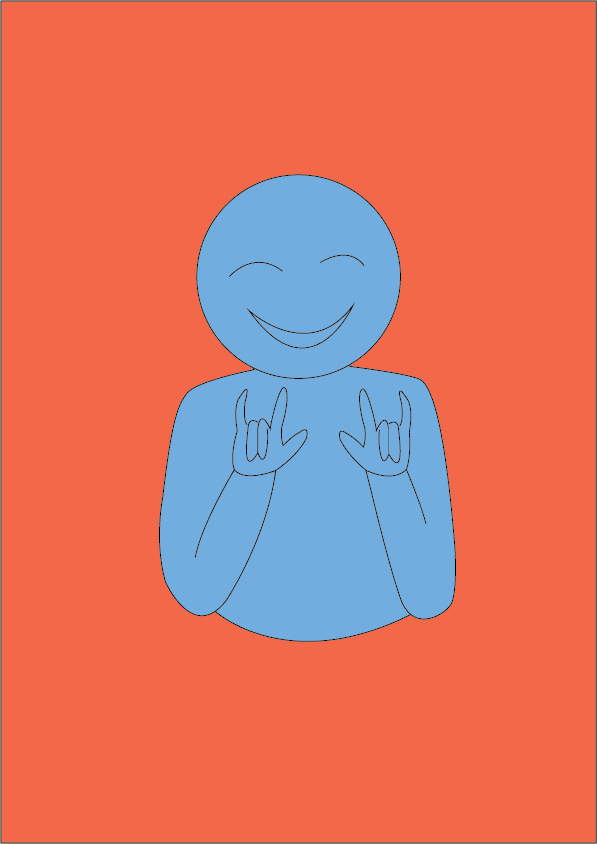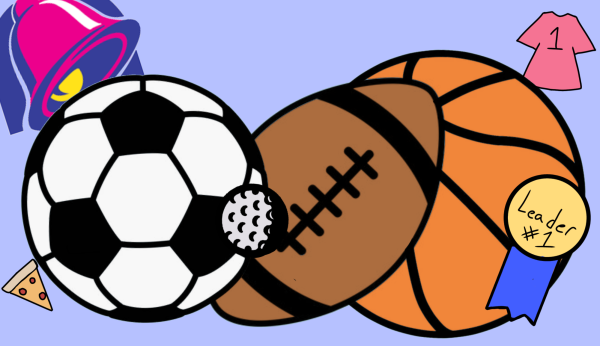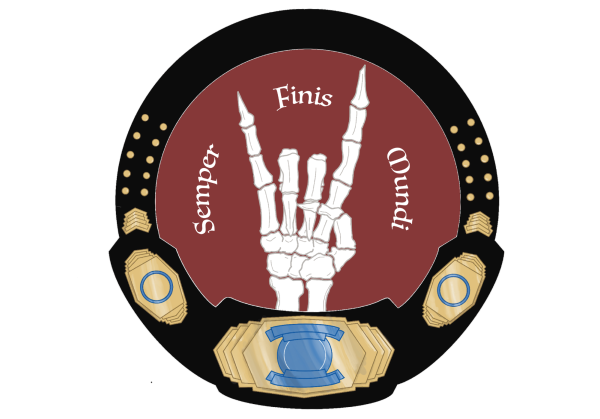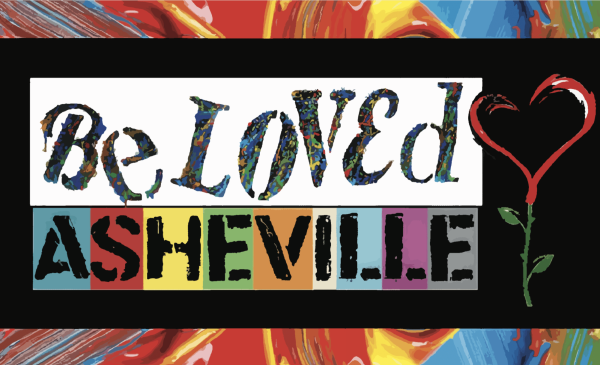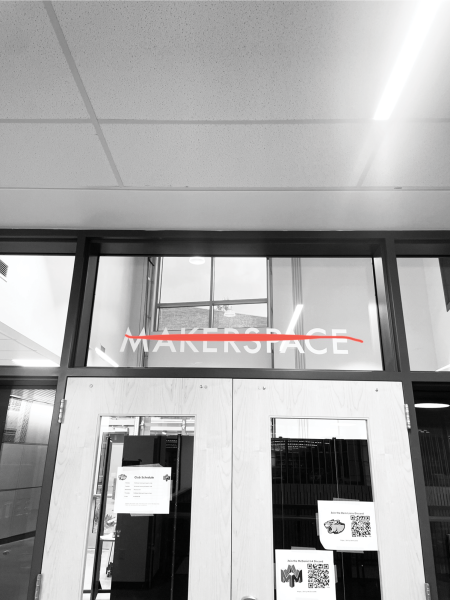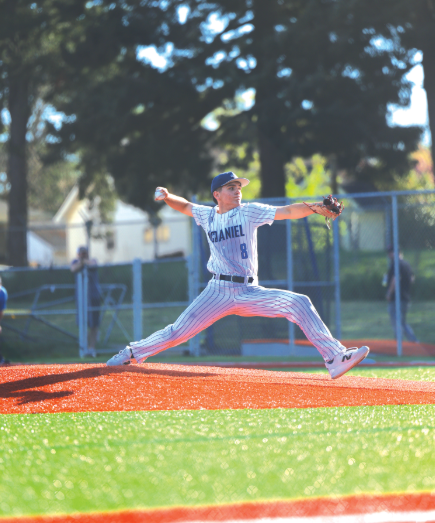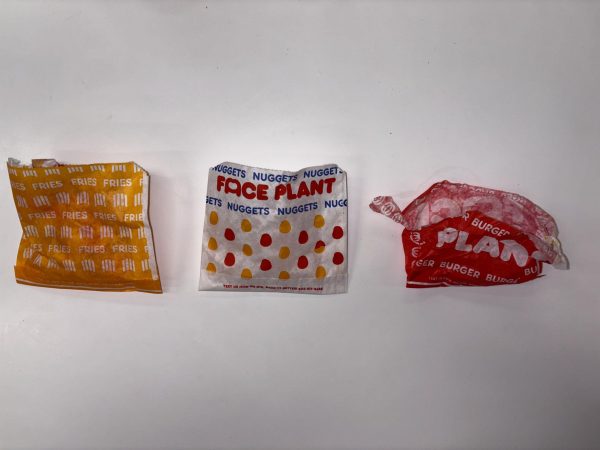Introducing students to American Sign Language
As the school year comes to a close, students are getting excited about next year’s classes and schedules. One class to look forward to is the American Sign Language course. Taught by Ben Malbin, former ASL teacher at Lincoln, the class will focus on learning and understanding Deaf history and culture along with the language.
Malbin taught American Sign Language at Lincoln for eight years and teaches ASL classes 1-2 through 7-8.
His interest in ASL led him to learn the language. Malbin studied ASL, Spanish and Mandarin in college, as well as Linguistic Anthropology.
“I’ve studied different languages, and every language offers a different way of bonding with people,” Malbin said.
Malbin is passionate about teaching American Sign Language and aims to offer a well-rounded education on not only the language, but the culture that surrounds it.
“Language naturally exists alongside culture, and we focus on how the language is used in different contexts, as well as the mechanics of the language itself,” he explained. “Teaching about ASL and Deaf culture offers an excellent opportunity for students to think about what it means to be part of a minority culture versus a more dominant culture.”
There will be four sections of the class, three taught by Malbin, and one taught by Matt Reed, the current head of the ASL club, who grew up learning ASL as a child of Deaf parents.
“Part of the reason why I’m coming here is because Mr. Reed is here, and he signs,” Malbin said. “It’s really isolating to teach a course when you’re the only teacher. So that’s one reason that I’m excited to be here.”
Maya Boydsteen, a junior who forecasted for American Sign Language, is excited to take the course.
“It’s such an interesting way of communicating, and I want to learn the full comprehensive language,” Boydsteen said. “I love how interpreters and people who speak sign language are so expressive, like it’s a whole body language. I just think the more people who learn sign language, the more inclusive we can be as a community.”
Boydsteen and Malbin are both aware of the importance of bringing a new language to the community. It will broaden the abilities and perspectives of students and open their eyes to different cultures and forms of communication.
“It is always important to think about how the different parts of our identities overlap and show up in different spaces, and being part of ‘hearing culture’ is one that a lot of hearing people don’t think about,” Malbin said. “ASL and Deaf culture are often misunderstood and misrepresented in our broader culture, and I have loved working with students who use our class conversations around ASL and ability to amplify other conversations around race, gender, sexuality and other forms of identity.”
Opal Reeves is a junior and she is passionate about sports, math and playing with her dog. People describe her as funny, smart, and nice. She loves being a journalist because she like to write, and is interested in developing her writing skills so she can confidently share her work with others.


